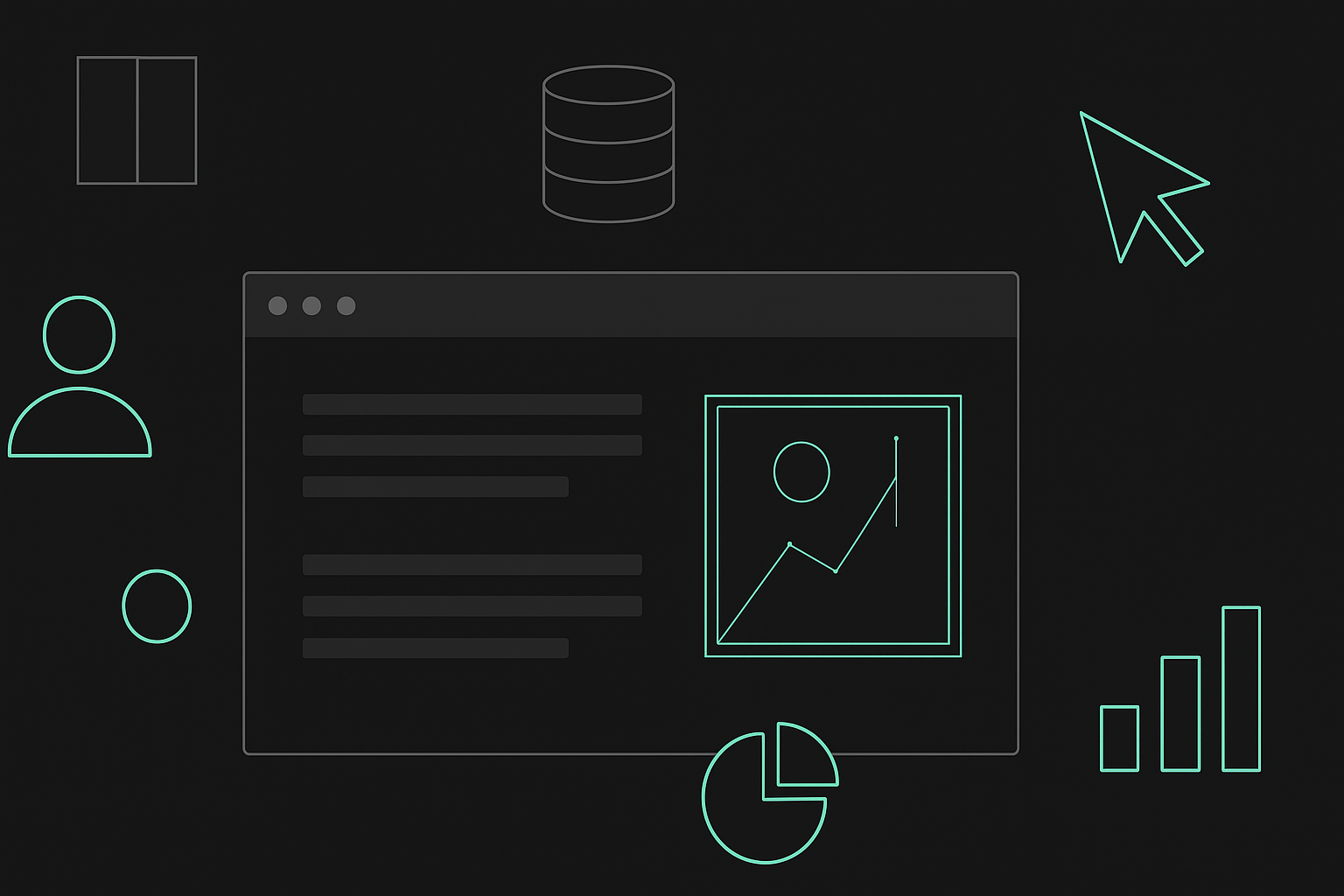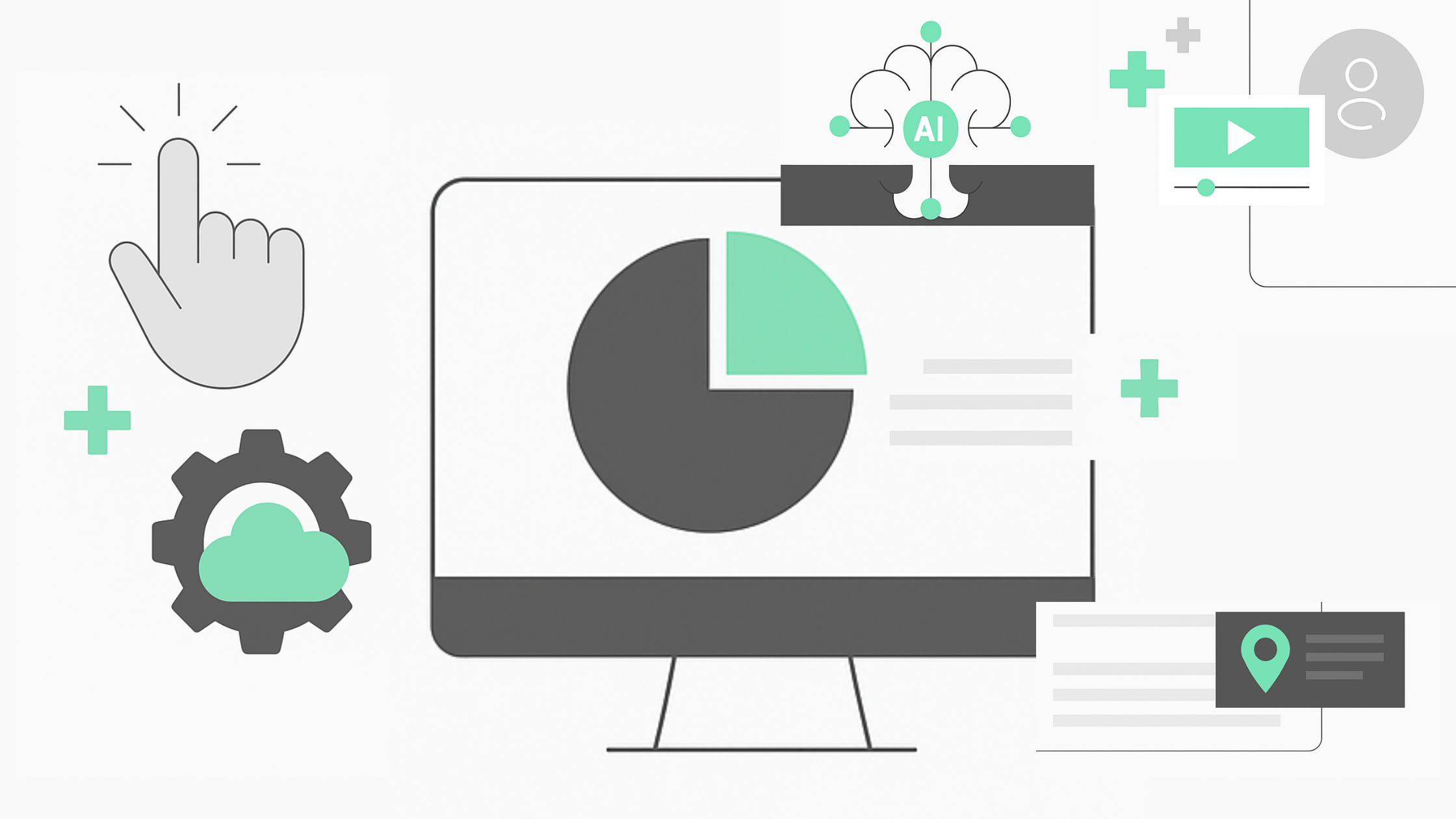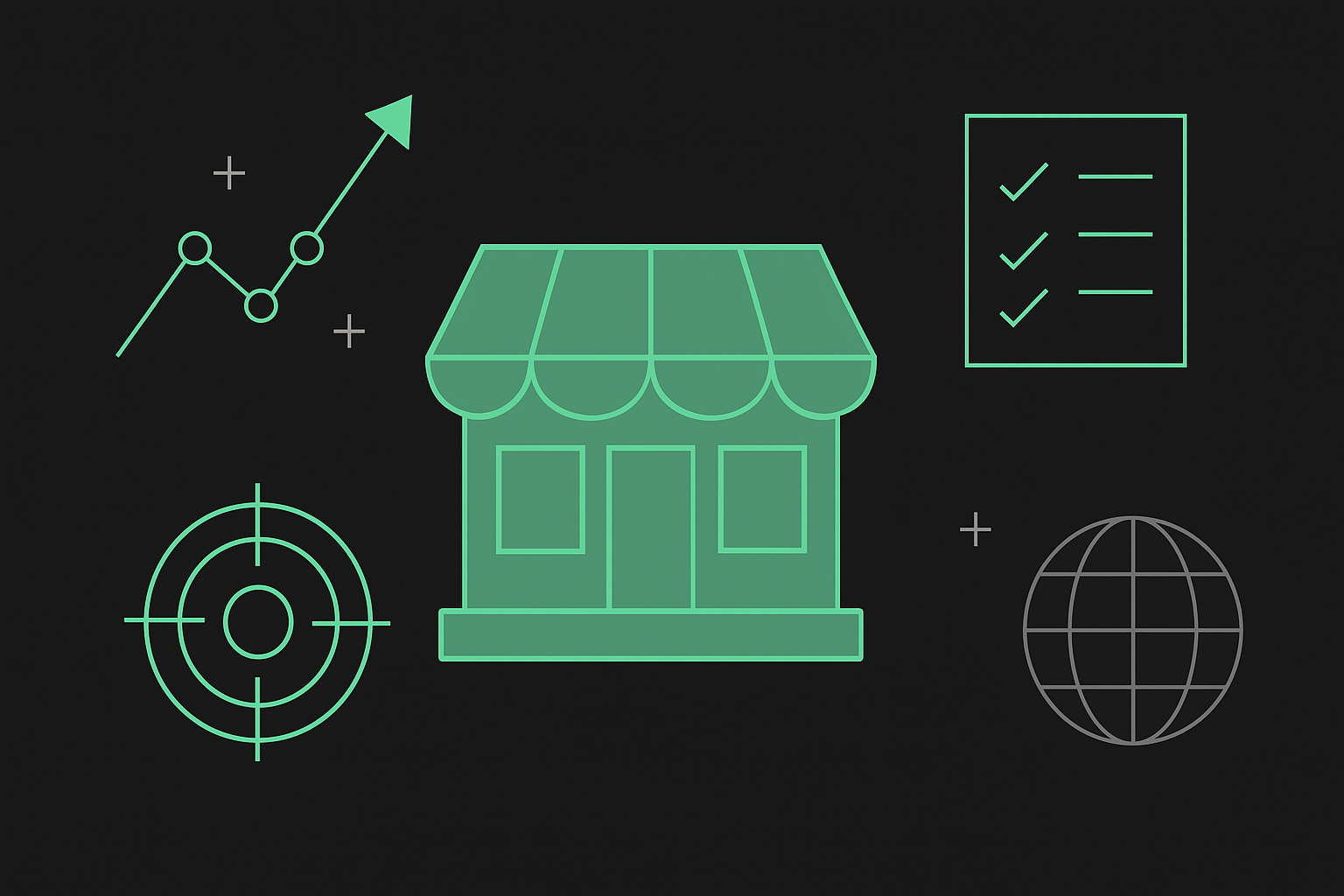Transitioning from Foundational to Operational: A Roadmap for Digital Customer Experience Enhancement
In the Digital Custom Experience (DCX) model, the jump from Level 1 (Foundational) to Level 2 (Operational) is going to be the most impactful jump between levels, marking the beginning of digital investment. It’s a significant leap toward realizing a more engaging and effective digital presence. In this article, we’ll go over how to prepare your organization for this transition.
Understanding Level 1: Foundational
At the foundational level, companies typically have a basic digital presence. This might include a standard website and simple email campaigns, with data scattered and insights limited (perhaps tracked with a spreadsheet). Organizations at this stage often don’t know where to start with digital investment; among the key hurdles they face are restricted digital revenue generation, high customer acquisition costs, and inefficient resource allocation.
The Goal of Level 2: Operational
Transitioning to Level 2 means embracing a digital strategy. The operational stage is characterized by improved customer engagement, data-informed decisions, and an expanded multi-channel presence. At this level, organizations can measure conversion rates, increase the efficiency of marketing investments, and capitalize on a solid foundation for further digital evolution.
Step-by-Step Guide to Transition
1. Hiring a Digital Strategy Leader
The first and arguably most crucial step in transitioning from foundational to operational is to appoint an experienced digital strategy leader. This can be done internally or by working with an agency like Outliant. This individual will be responsible for overseeing your company's digital transformation, ensuring that every digital initiative aligns with the overarching business objectives and drives measurable results. The digital strategy leader will do the following:
- Develop and execute a comprehensive digital strategy
- Oversee the integration of digital technologies across the business
- Coordinate with different departments to ensure alignment and efficiency
- Measure and analyze the impact of digital initiatives
2. Enhancing Digital Infrastructure
With leadership in place, the next step is to enhance your digital infrastructure. This involves upgrading your website for better user engagement, implementing responsive design for mobile users, and integrating essential analytics tools for deeper insights into customer behavior and preferences.
3. Adopting a Customer-centric Approach
Adopting a customer-centric approach requires making an internal shift to develop a digital strategy catered around your customers’ preferences. In many cases, this involves personalizing your digital content and communications to offer value and relevance for where they are in the customer journey. Adopting this approach also requires organizations to start gathering as much information as possible on their customers and prospects.
4. Beginning Experimentation
Introduce A/B testing to start experimenting with different versions of your digital content, layouts, and campaigns. The easiest place to start is generally in email. A/B testing allows you to make data-driven decisions by identifying which variations perform better in terms of engaging customers and driving conversions.
5. Building a Cohesive Digital Experience
Focus on creating a cohesive digital experience that seamlessly connects all customer touchpoints. A unified customer journey enhances trust and loyalty, encouraging customers to engage more deeply with your brand.
Challenges Organizations Run into When Transitioning
- Knowing where to start
- Hiring cost-affordable, knowledgeable resources
- Knowing which tools to purchase
- Seeing ROI
How do you know you’re at level 2?
- You’re currently segmenting in your email marketing tool
- You have analytics tied to customer outcomes
- Your website is mobile responsive and built out
- You have a light data strategy in place
- You have some A/B experiments running
Conclusion
Elevating your business from foundational to operational digital customer experience maturity is a critical step toward digital excellence. It demands strategic planning, leadership, and a dedication to continuous improvement. By following this roadmap, your business can enhance its digital presence, leading to increased customer engagement and sustainable growth.
If you’re looking for help assessing your business’ current level of digital customer experience and how to get to the next level, Outliant can help.










